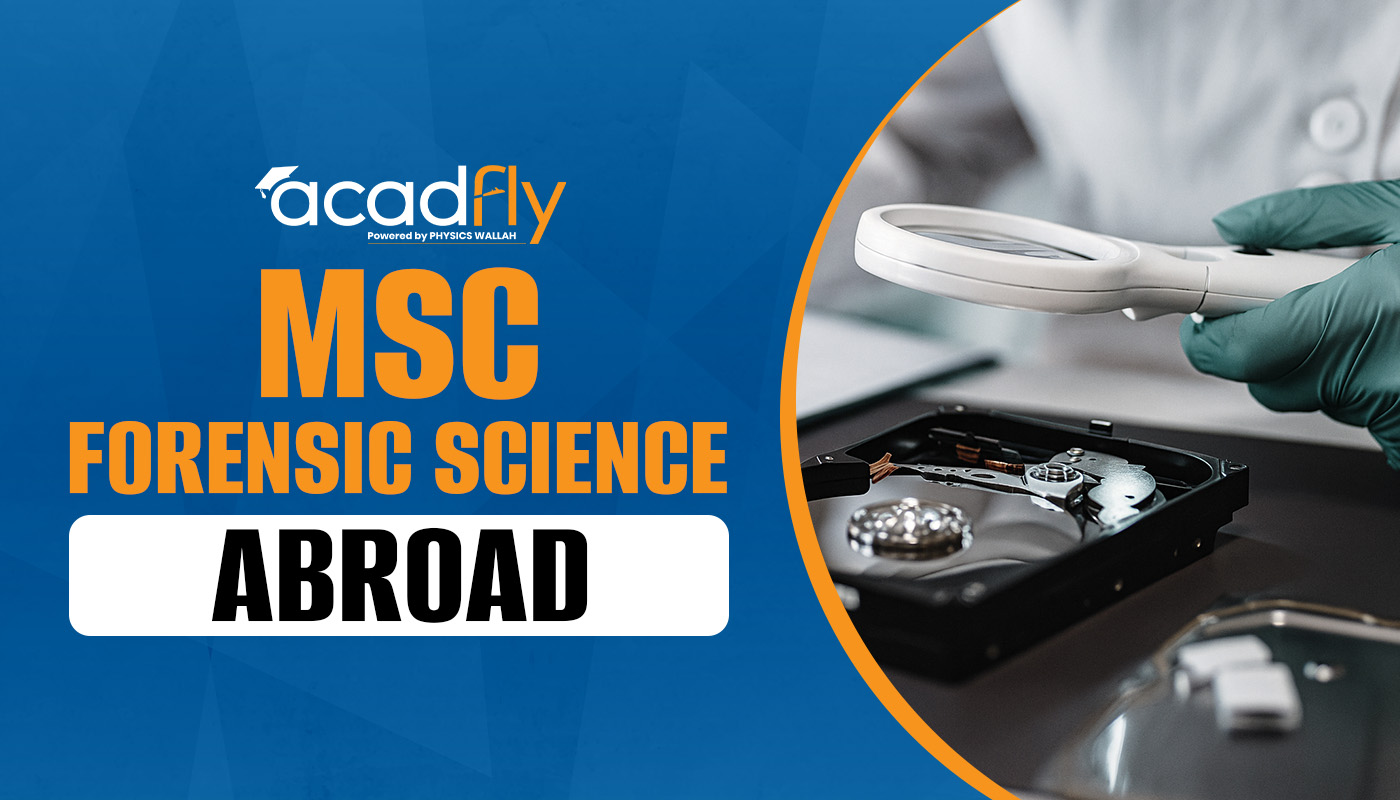
Medical education in Kyrgyzstan has become a popular choice for international students, particularly from India, due to its high standards, affordability, and robust training programs. This article provides a comprehensive overview of the medical education system in Kyrgyzstan, covering various aspects such as admission processes, top universities, curriculum, clinical training, and living conditions.
Structure of Medical Education in Kyrgyzstan
Bachelor's Degree in Medicine
Medical education in Kyrgyzstan typically begins with a Bachelor's degree in medicine, commonly referred to as MBBS (Bachelor of Medicine, Bachelor of Surgery). The MBBS program lasts six years, including five years of academic study and one year of mandatory internship.
Postgraduate Medical Education
Upon completing the MBBS program, students can pursue postgraduate medical education in various specialities. These postgraduate programs offer advanced training and specialization in fields such as surgery, internal medicine, paediatrics, and more.
|
Overview of Medical Education Levels |
||
|
Education Level |
Duration |
Description |
|
MBBS |
6 years |
5 years academic + 1 year internship |
|
Postgraduate |
2-3 years |
Specialized training in various medical fields |
|
Doctoral (Ph.D.) |
3-5 years |
Advanced research and academic career in medical sciences |
Admission Process for Medical Education in Kyrgyzstan
Eligibility Criteria
The eligibility criteria for medical education in Kyrgyzstan generally include:
-
Completion of 10+2 or equivalent examination with Physics, Chemistry, and Biology as main subjects.
-
A minimum aggregate score of 50% in the aforementioned subjects.
-
Qualifying the NEET (National Eligibility cum Entrance Test) for Indian students as per the Medical Council of India (MCI) guidelines.
Application Procedure
The application procedure typically involves the following steps:
-
Choosing the University: Research and select the medical university that best fits your needs.
-
Application Submission: Submit the application form along with the required documents, such as academic transcripts, passport copies, and NEET scorecards.
-
Admission Letter: Upon acceptance, the university will issue an admission letter.
-
Visa Application: Apply for a student visa with the admission letter and other necessary documents.
-
Travel and Enrollment: Travel to Kyrgyzstan and complete the enrollment process at the university.
Top Medical Universities in Kyrgyzstan
Kyrgyzstan is home to several prestigious medical universities recognized by global health organizations. Some of the top medical universities include:
|
Top Medical Universities in Kyrgyzstan |
||
|
University Name |
Location |
Accreditation |
|
Kyrgyz State Medical Academy (KSMA) |
Bishkek |
WHO, MCI |
|
International School of Medicine (ISM) |
Bishkek |
WHO, MCI |
|
Osh State University Medical Faculty |
Osh |
WHO, MCI |
|
Jalalabad State University Medical Faculty |
Jalalabad |
WHO, MCI |
|
Asian Medical Institute |
Kant |
WHO, MCI |
Curriculum and Teaching Methods
Comprehensive Curriculum
The curriculum for medical education in Kyrgyzstan is designed to provide a thorough understanding of medical sciences. It covers a wide range of subjects, including Anatomy, Physiology, Biochemistry, Pathology, Pharmacology, and more. The curriculum is regularly updated to incorporate the latest advancements in medical science and technology.
Innovative Teaching Methods
Kyrgyz medical universities employ innovative teaching methods to enhance the learning experience. These methods include:
-
Interactive Lectures: Engaging lectures that encourage student participation.
-
Simulation-Based Learning: Use of advanced simulators to practice medical procedures.
-
Clinical Rotations: Hands-on training in hospitals and clinics to gain practical experience.
|
Core Subjects in MBBS Curriculum |
|
|
Year |
Subjects Covered |
|
Year 1 |
Anatomy, Histology, Physiology |
|
Year 2 |
Biochemistry, Microbiology, Pharmacology |
|
Year 3 |
Pathology, Community Medicine, Forensic Medicine |
|
Year 4 |
Medicine, Surgery, Obstetrics and Gynecology |
|
Year 5 |
Pediatrics, Orthopedics, Ophthalmology, ENT |
|
Year 6 |
Internship (Practical training in various medical fields) |
Clinical Training and Practical Exposure
Hands-On Experience
Clinical training is a crucial component of medical education in Kyrgyzstan. Students gain hands-on experience through clinical rotations in affiliated hospitals and clinics. This practical exposure is essential for developing clinical skills and confidence.
Diverse Patient Population
The diverse patient population in Kyrgyzstan provides students with the opportunity to encounter a wide range of medical conditions. This exposure enhances their diagnostic and treatment skills, preparing them for real-world medical practice.
|
Benefits of Clinical Training |
|
|
Benefit |
Description |
|
Hands-On Experience |
Practical application of theoretical knowledge |
|
Diverse Patient Cases |
Exposure to a variety of medical conditions |
|
Skill Development |
Enhanced diagnostic and treatment skills |
Living Conditions and Student Life
Affordable Living
The cost of living in Kyrgyzstan is relatively low compared to other countries, making it an attractive destination for international students. This includes affordable accommodation, food, transportation, and other daily expenses.
Cultural Experience
Kyrgyzstan offers a rich cultural experience with its diverse traditions, festivals, and recreational activities. Students can enjoy a balanced lifestyle, participating in various cultural events and exploring the natural beauty of the country.
|
Average Monthly Living Expenses in Kyrgyzstan |
|
|
Expense Category |
Average Cost (USD) |
|
Accommodation |
100 - 300 |
|
Food |
100 - 150 |
|
Transportation |
20 - 50 |
|
Miscellaneous |
50 - 100 |
|
Total |
270 - 600 |
Conclusion
Medical education in Kyrgyzstan offers numerous advantages, including high-quality education, affordable tuition fees, extensive clinical exposure, and a supportive environment. These factors make Kyrgyzstan an increasingly popular destination for international students pursuing a medical degree. For those considering studying MBBS abroad, platforms like AcadFly provide invaluable resources and guidance to help navigate the complexities of international education.
AcadFly ensures that students can make informed decisions, manage their application processes smoothly, and adapt to their new academic environments effectively. Embracing these opportunities can lead to a fulfilling and successful medical career.
Frequently Asked Questions










